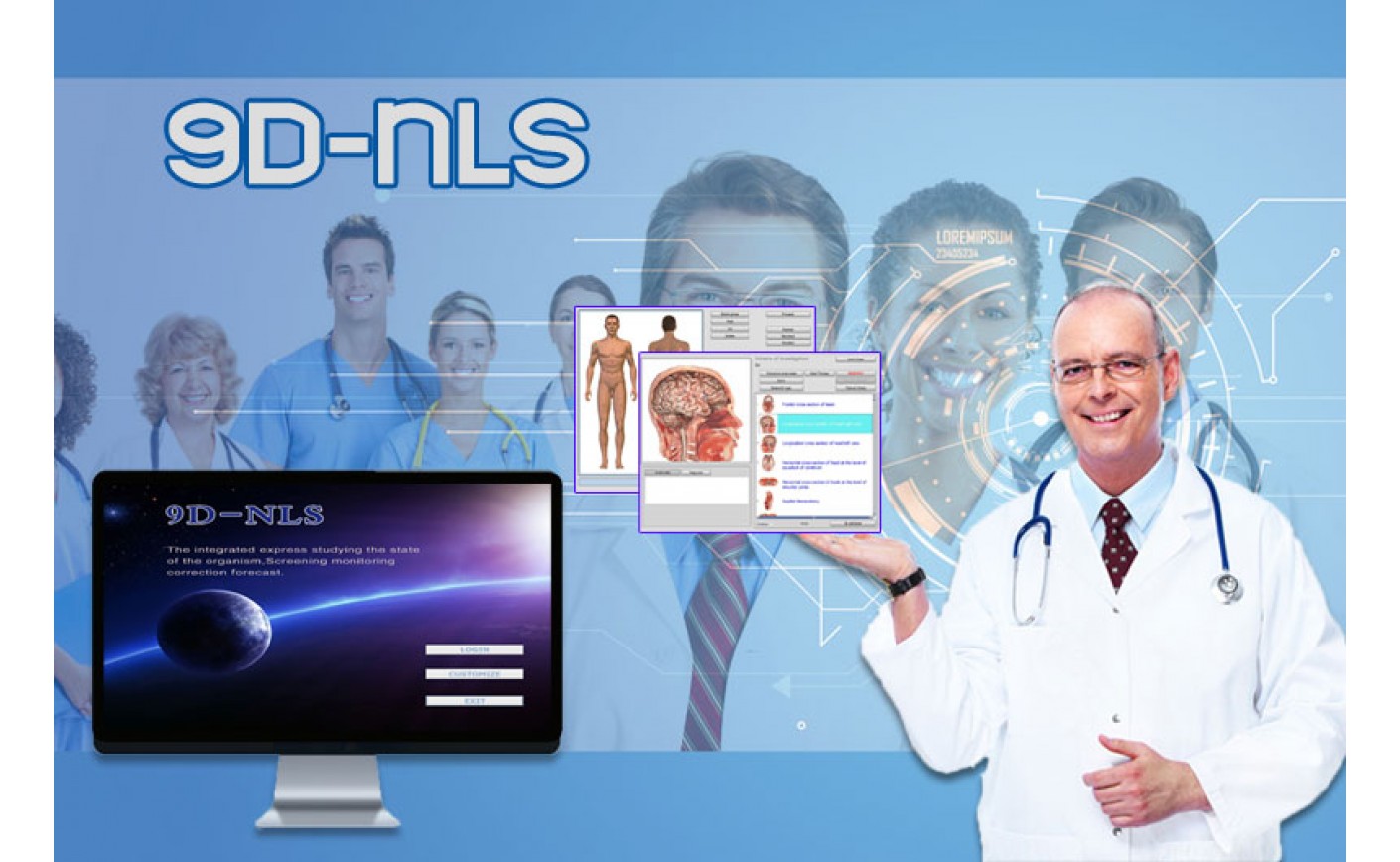3D NLS-graphy With 9D NLS In Diagnostics Of Salivary Glands Diseases
Comparison of CT and NLS-graphy results in diagnostics of salivary glands diseases demonstrated that NLS-graphy with spectral-entropy analysis must be chosen as treatment method in case of tumors because of its high sensitivity, whereas CT must be chosen when dealing with deep-seated tumors for their full three-dimensional detection and determination of facial nerve and tumor ratio, which determines further treatment. In most cases NLS-graphy is sufficient for preliminary neoplasms diagnosing, CT is used in case of deep lobe affection or suspected malignant process. Intravenous enhancement during CT is useful in non-glandular formations (especially those located in peripharyngeal space) for detection and localization of masses in relation to carotid artery or jugular vein.
In case of formation more than 3 cm in diameter (regardless of its nature and localization) it is always necessary to use computer tomography to obtain accurate data on tumor spread into the surrounding tissues. 3D NLS-graphy demonstrated 100% sensitivity, 96.3% specificity, 97.7% accuracy, CT showed 97.6, 96.4 and 97.6%, respectively in detection of pleomorphic adenomas of large salivary glands.
Thus, examination analysis of complex patients with space-occupying lesions of salivary glands had shown that 3D NLS-graphy with 9d nls is leading visualization method.
It allows clarifying size, structure, shape and tumor type using spectral-entropy analysis. Computer tomography is used in evaluation of tumors more than 3 cm. in diameter; it provides accurate estimation of volume, structure of tumor and condition of adjacent anatomical structures.

